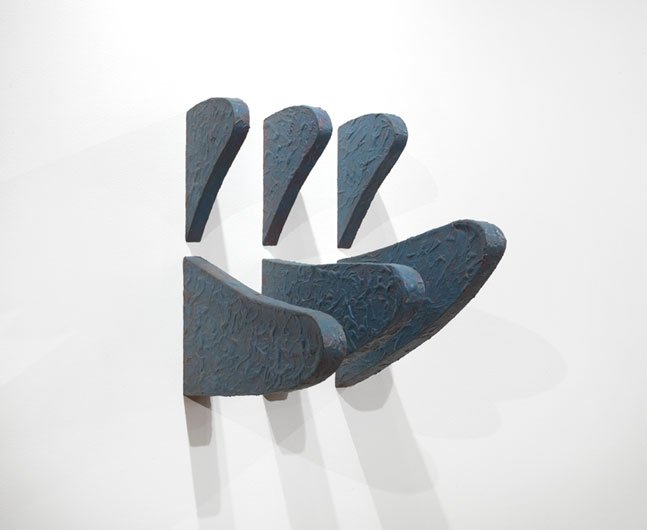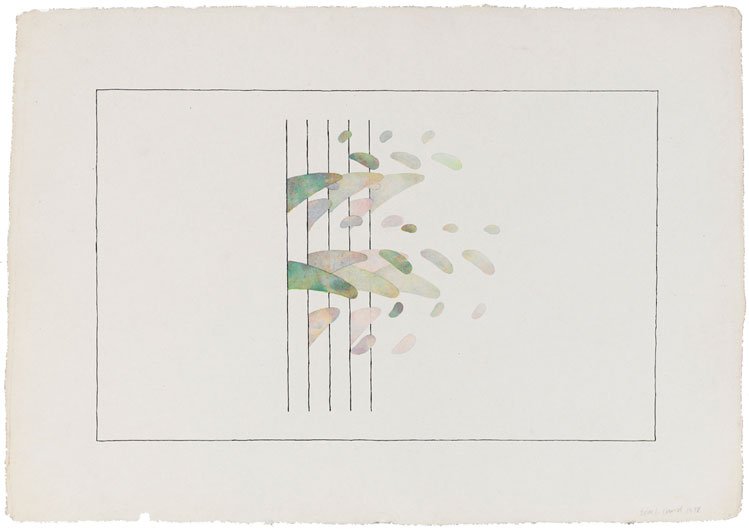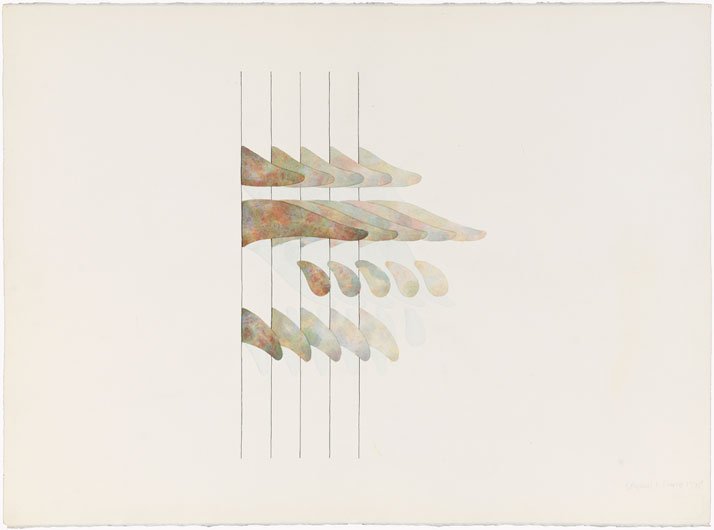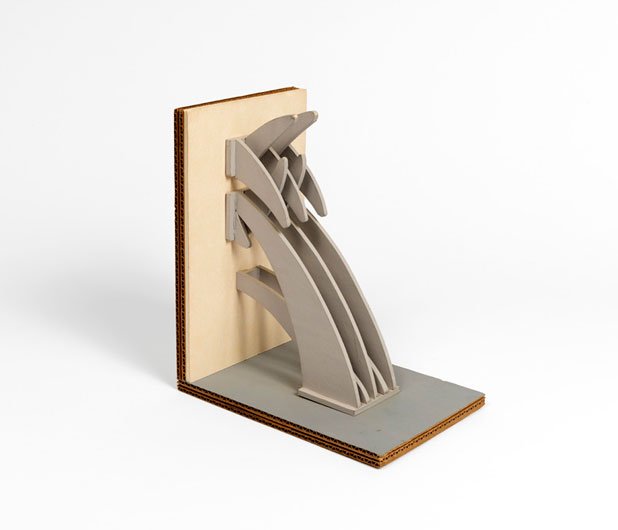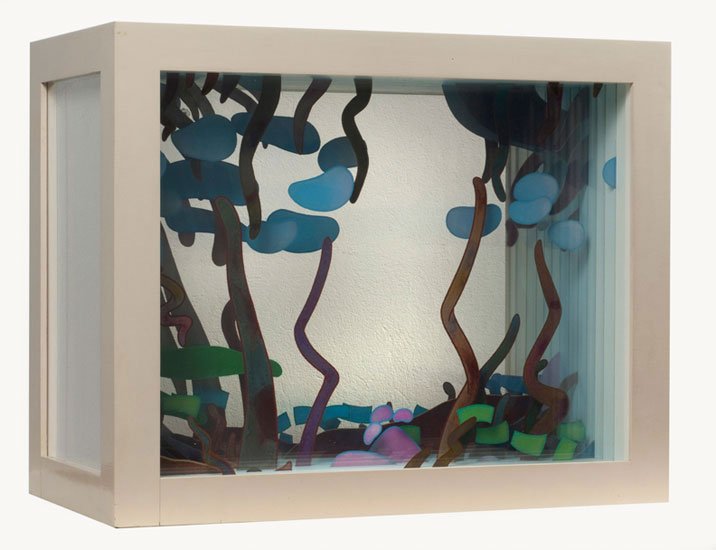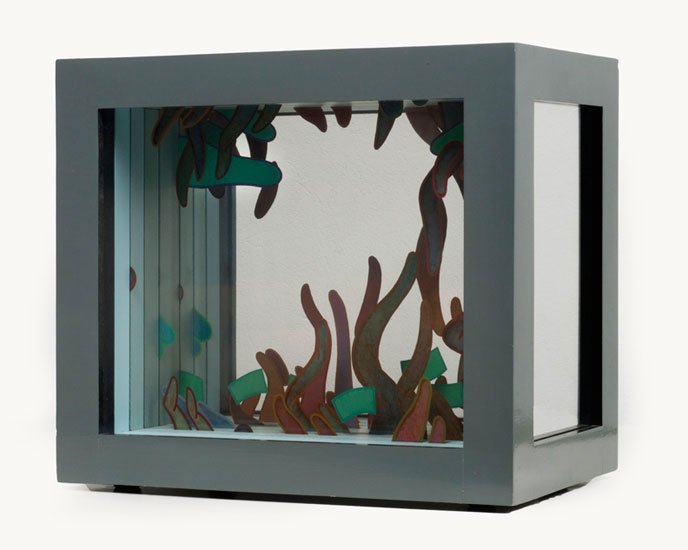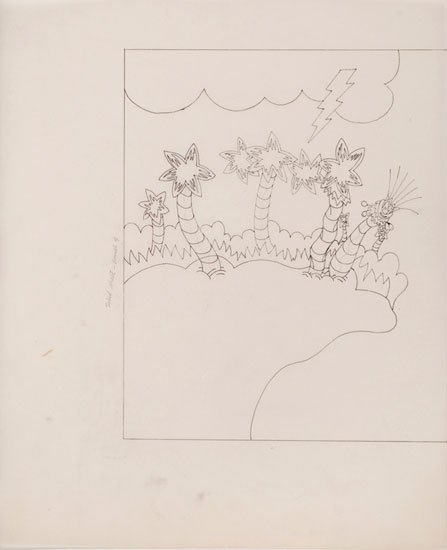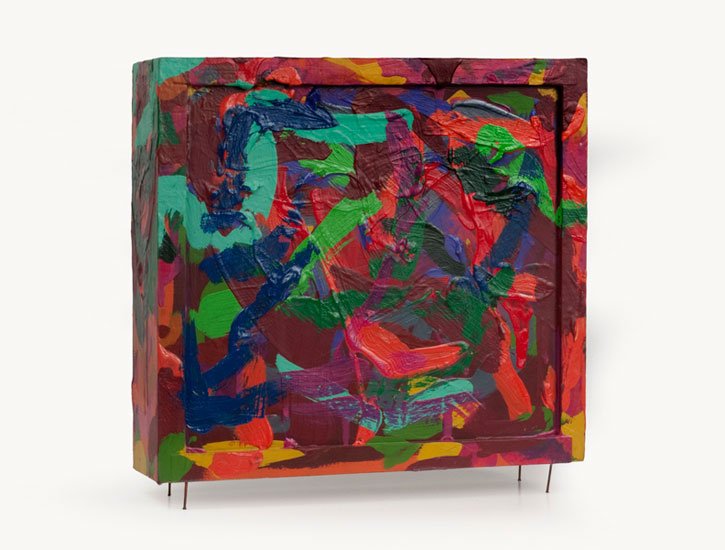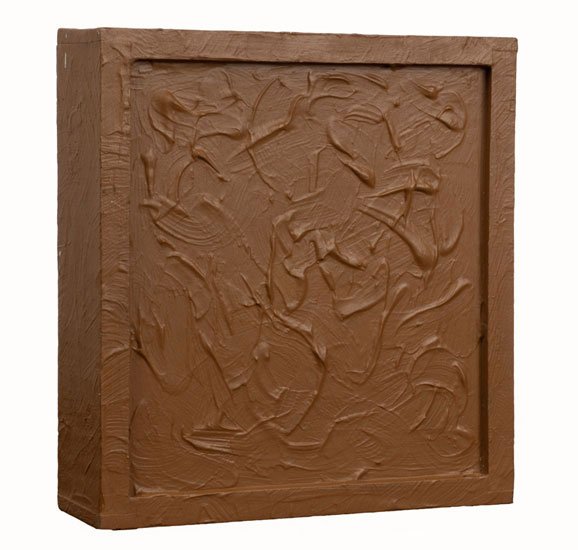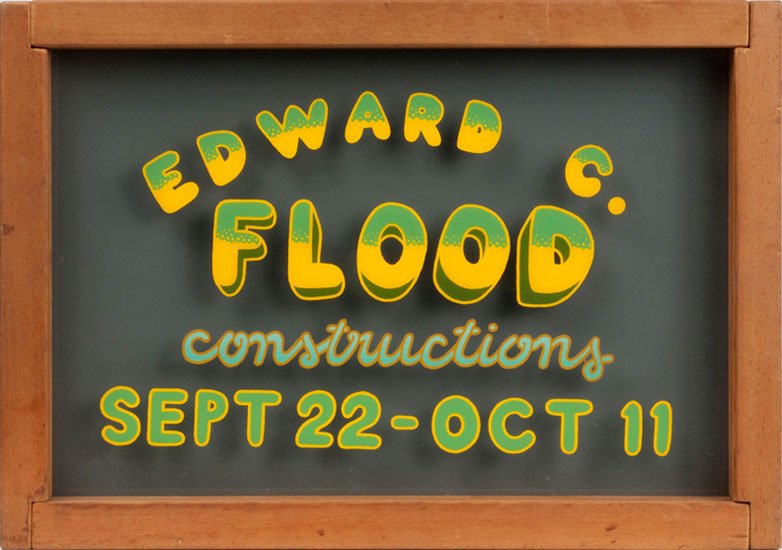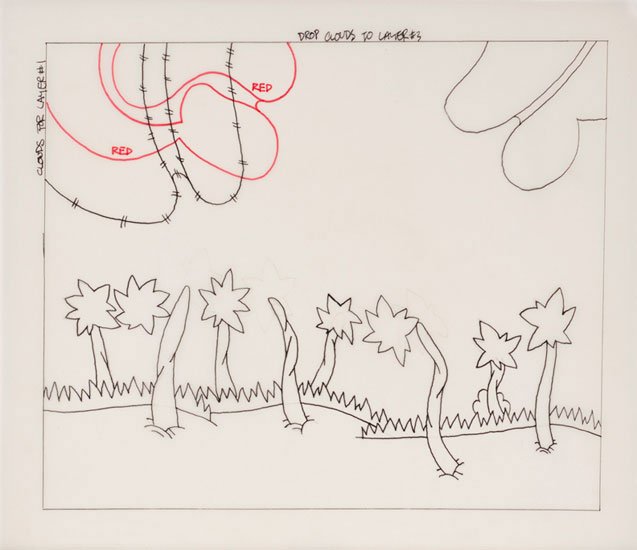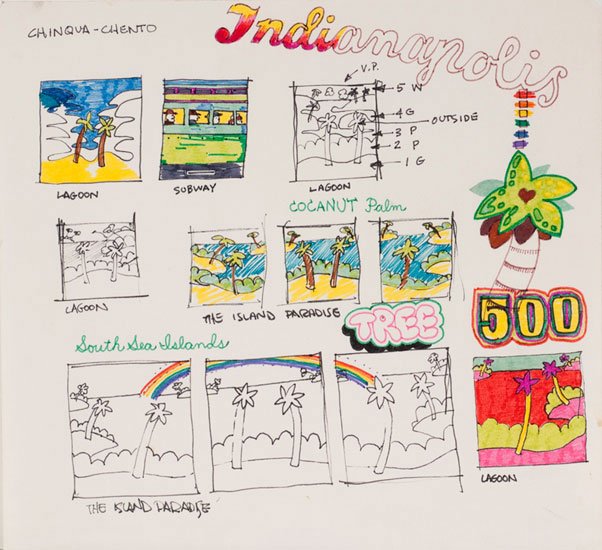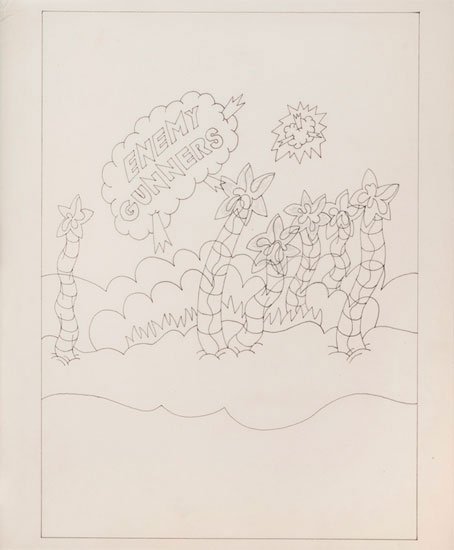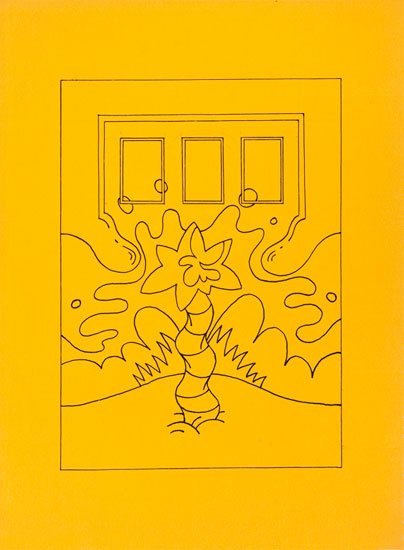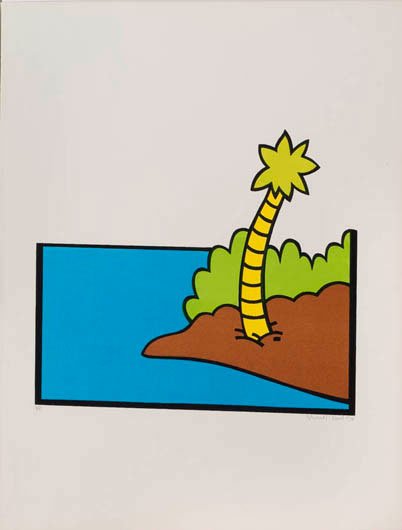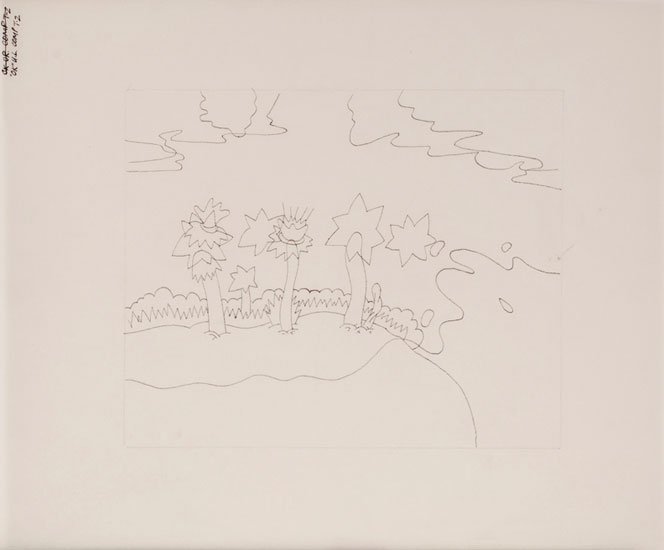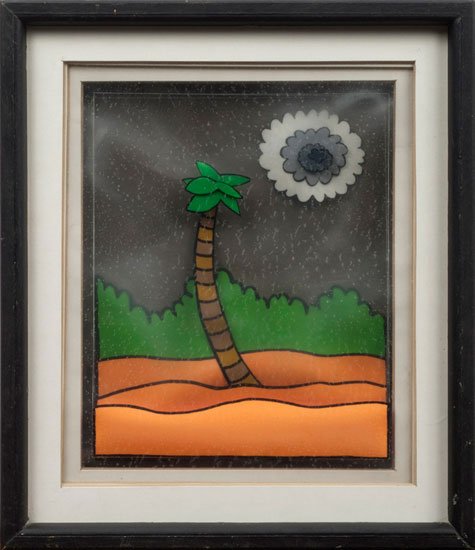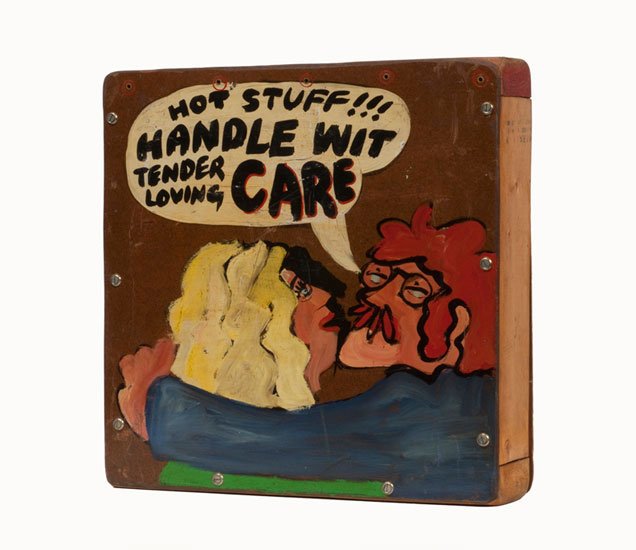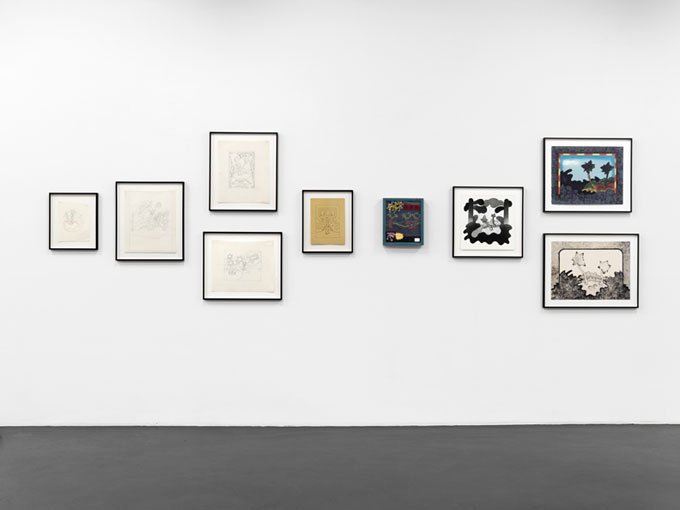Ed Flood
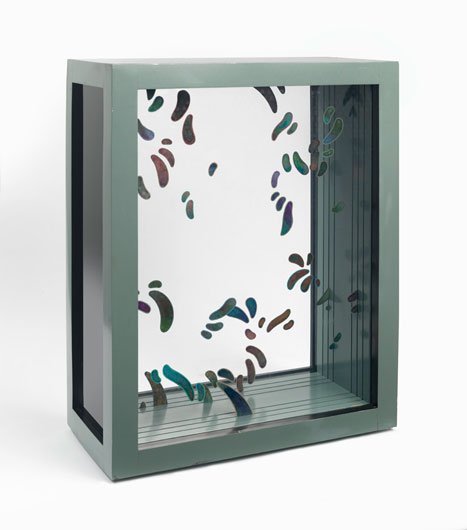
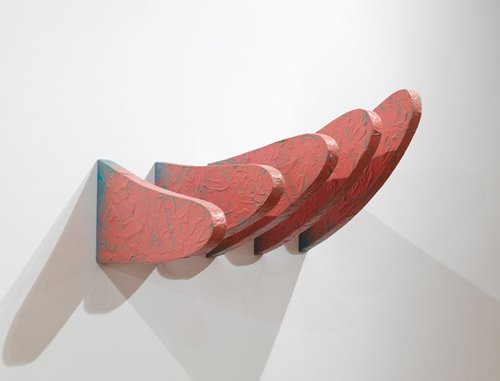
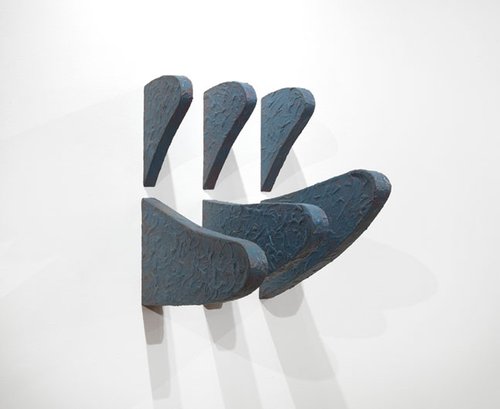
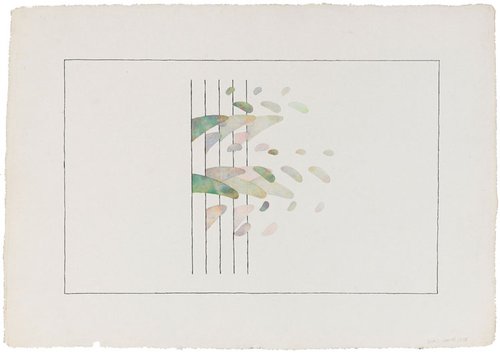

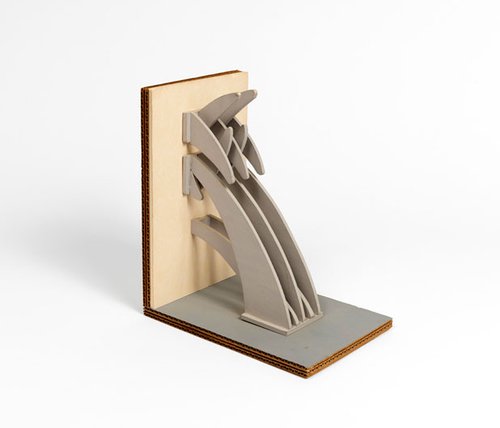
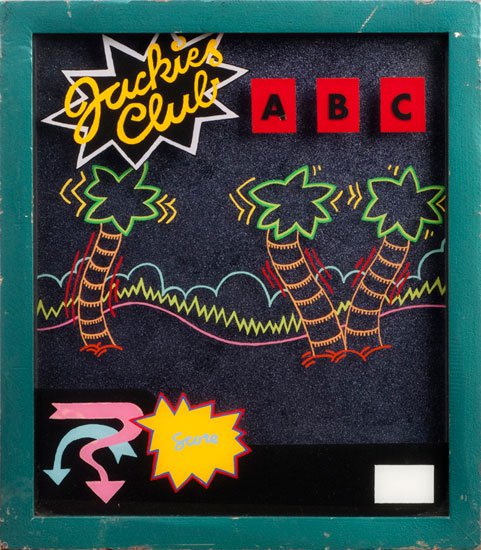
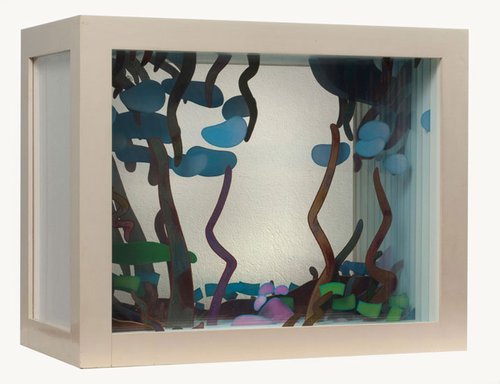
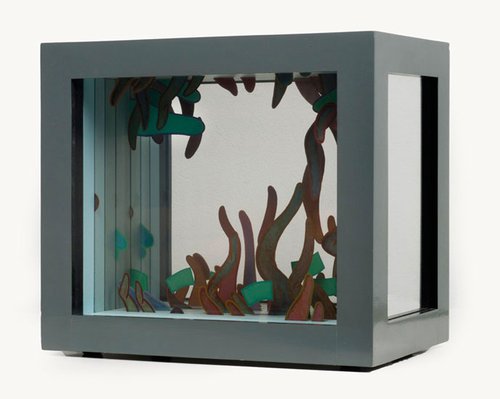
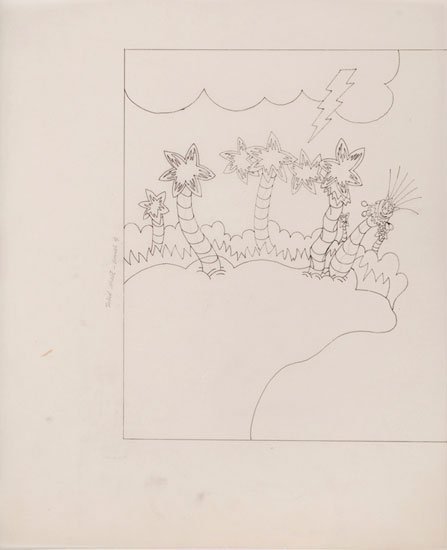
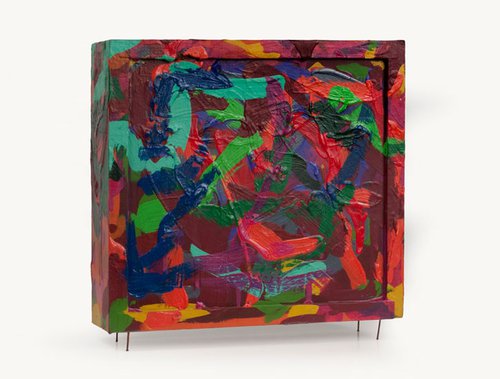
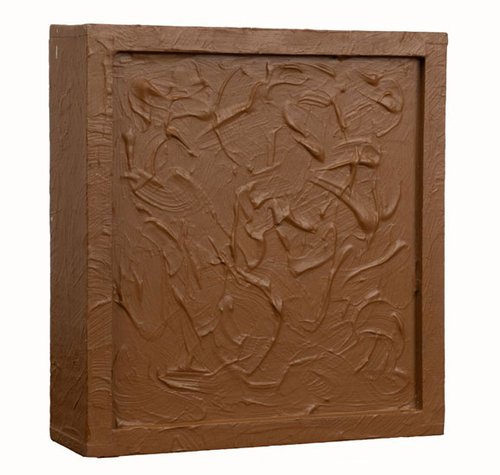
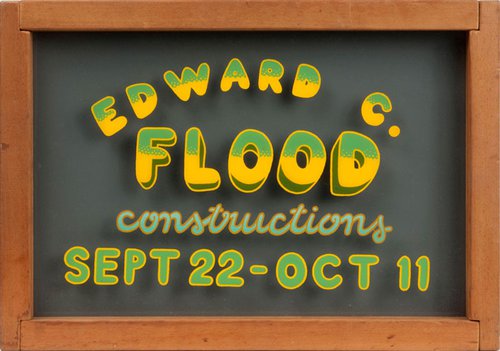
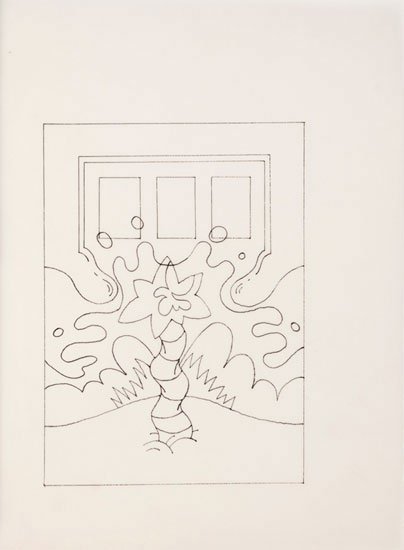
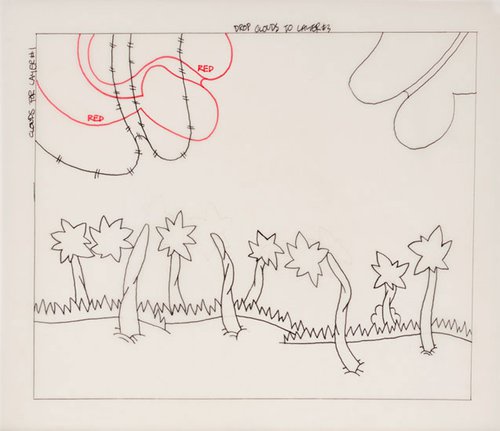

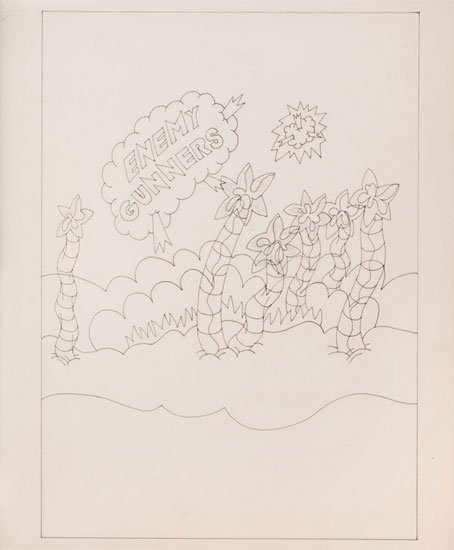
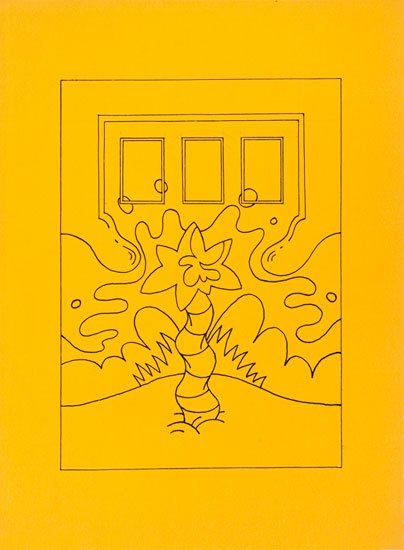
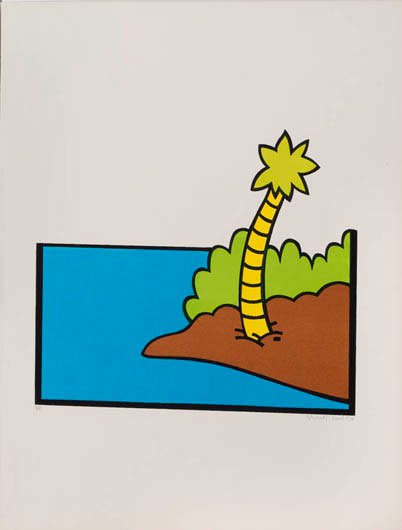
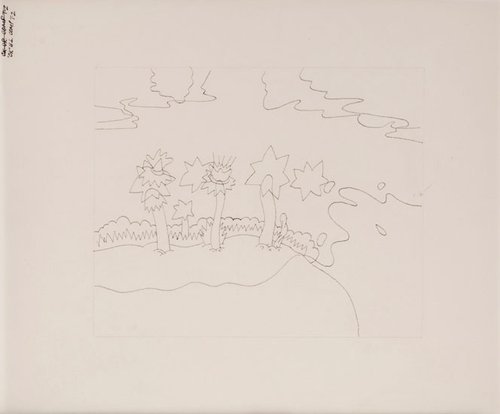

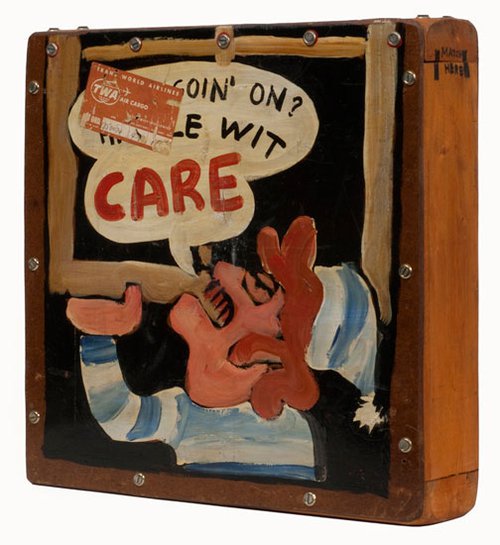
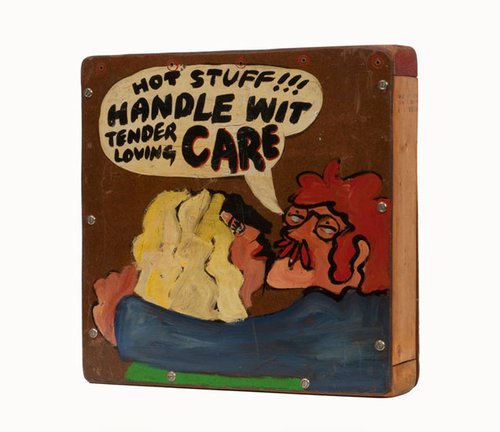
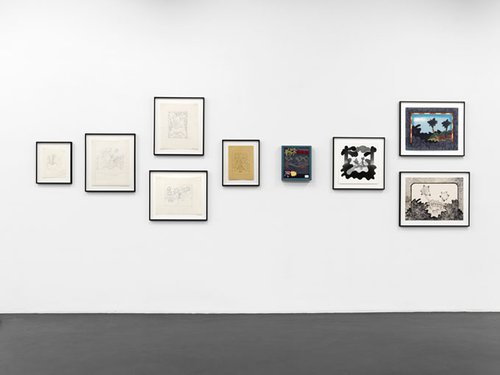
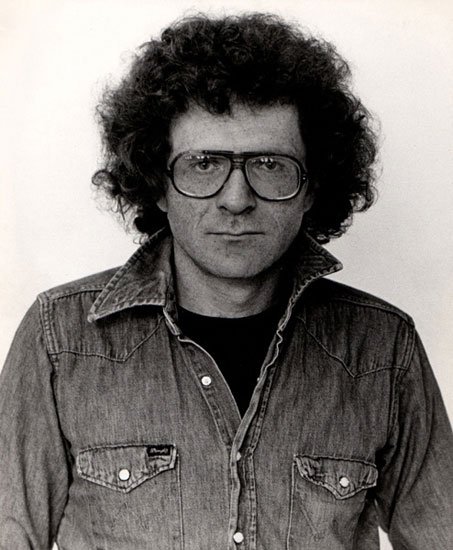
BIO
b. 1944 – d. 1985
Ed Flood was a member of the influential group of Chicago artists known as the Imagists who burst onto the art scene in the late 1960s with a series of exhibitions at the Hyde Park Art Center organized by artist and curator Don Baum. Flood’s work was first shown in the Nonplussed Some show there in 1968.
Flood was always an exceptional craftsman. The layers of impeccably painted Plexiglas held by finely joined wood frames in these early works are a testament to his skills. Like many of the Chicago Imagists, Flood was inspired by pop cultural sources like comics and picture postcards. His method of reverse-painting on Plexiglas achieved a bright and highly polished look comparable to that of mass-produced graphics and pinball machines. Flood used layers of Plexiglas the way a printmaker would use color separations, exploding his seemingly flat images into complicated treasure boxes.
The subversive slickness of Flood’s medium in these early works is complemented by their subject matter. With calculated perfection they show dense tropical landscapes, perky palm trees, and fiery flowers. Soon the palm trees become nonsensical emblems of happiness gone awry; they vibrate mysteriously in empty fields, storm clouds gathering in the distance. By the early 1970s, Flood’s box constructions were almost entirely abstract, with layer upon layer of wiggling pastel shapes that could be clouds, trees, or sea anemones. In pieces like Zero Dead Hero and The Flaming Comet Zulu Dart Board, Flood touches on colonialism and war as contemporary examples of the inherent dangers of both real and metaphorical paradises.
Curriculum Vitae
PDF - Ed Flood CVExhibitions
- Ed Flood/Art Green/Jordan Davies October 22 - 26, 2024
- Hubcap Diamond Star Halo Corbett vs. Dempsey at Twenty September 14 - November 2, 2024
- Independent 20th Century Before and After Imagism September 8 - 11, 2022
- EXPO Chicago 50 Years: 1968-2018 September 27 - 30, 2018
- Small Sculpture September 8 - October 14, 2017
- Ed Flood Floaters & Fins, 1973 - 1979 January 24 - December 12, 2015
- Touch and Go : Ray Yoshida and his Spheres of Influence (Sullivan Galleries of the School of the Art Institute of Chicago) February 12 - November 13, 2011
- H.C. Westermann and Ed Flood Postmarked Westermann / Flood May 7 - July 2, 2011
- Sarah Canright Paintings 1968-1969 January 3 - December 5, 2009
- Ed Flood Constructions September 11 - October 10, 2009
- Tappy Toes a film by Red Grooms (1968) September 11 - October 10, 2009
- Bold Saboteurs Collage & Construction in Chicago April 15 - May 12, 2007
- Abstract Imagist October 27 - November 25, 2006





